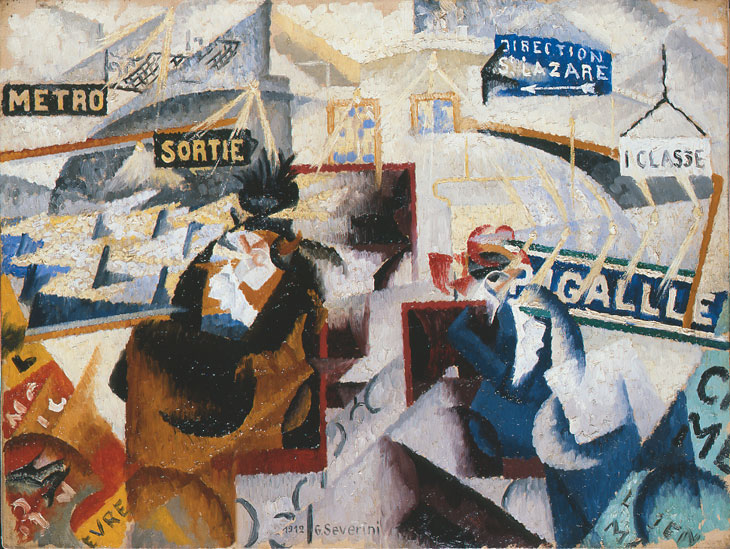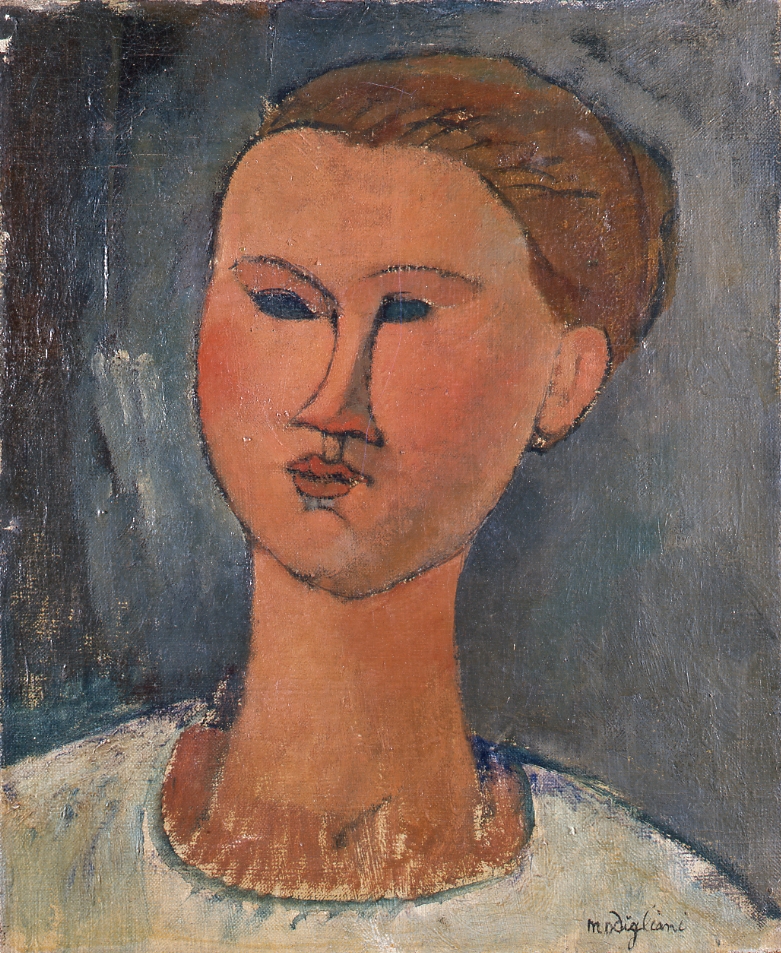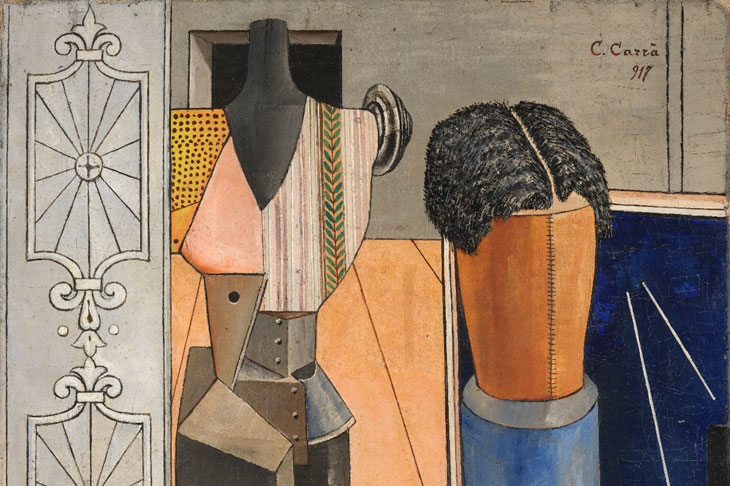When we think of the Pinacoteca di Brera in Milan, the names that first come to mind are those of Mantegna, Bellini, Raphael, Caravaggio, Tintoretto. Yet nestled in a dark corridor behind the old master galleries lurk the moderns: works by Boccioni, de Chirico, Modigliani, Morandi. In 2019, they will be given pride of place in the new Brera Modern building at the nearby Palazzo Citterio. But in the meantime, a selection of the 80 early 20th-century works that were given to the Milanese gallery by collectors Emilio and Maria Jesi in the mid 1970s is on display at the Estorick Collection in London.
Now celebrating its 20th anniversary, the London home of Eric and Salome Estorick’s collection could not be a more appropriate venue for the first airing of the Jesi collection outside Italy. Both collector-couples were focused on figurative modern Italian art, buying work by the same artists at the same time. The differences between their selections were governed primarily by personal taste and the geographic and linguistic advantage afforded to the Jesis.
Le Nord-Sud (1912), Gino Severini. Courtesy: Pinacoteca di Brera, Milan

The curators could have been tempted to integrate the Jesi collection more fully into the Estorick’s existing displays. The painting that gives the exhibition its title, Carlo Carrà’s The Enchanted Room (1917), might have been introduced to fellow metaphysical gem Giorgio de Chirico’s Revolt of the Sage (1916); the Jesis’ earlier cubo-Futurist Carrà Rhythms and Objects (1911) juxtaposed with Ardengo Soffici’s Deconstruction of the Planes of a Lamp (1912–13); Gino Severini’s Le Nord-Sud (1912) placed to meet its precursor in Futurist fracture Le Boulevard (1910–11).
Instead, the Estorick offers us a welcome opportunity to view the visiting works with the space and light they warrant. The excellent Modiglianis Head of a Young Woman and Portrait of Moïse Kisling (both 1915), so difficult to see in their usual cramped spot at the Brera, preside over one of the two rooms devoted to the exhibition. Nearby, a wall of Morandi works documents the evolution of his career, starting with Cézanne-esque landscapes and concluding with a blue-infused still life from 1929 which will delight his many British fans, and might even convert a sceptic.
Head of a Young Woman (1915), Amedeo Modigliani. Courtesy: Pinacoteca di Brera, Milan

Less familiar names also make a strong showing in this remarkably consistent display. Ardengo Soffici’s ingenious collage Watermelon and Liqueurs (1914) finds a painted sibling in Ottone Rosai’s Still Life: The Carpenter’s Bench (1914). Osvaldo Licinio’s Equilibrium (1934) feels somewhat out of place as the only abstract composition, as does the Impressionist lilt of Filippo de Pisis’s Perspectival View of a Venetian Church (San Moisè) (1930) – two of the later works in the exhibition. Perhaps the most surprising inclusions are four works by Mario Sironi, given Emilio Jesi’s well-known anti-fascist stance, but they all predate Sironi’s involvement in the regime.
Watermelon and Liqueurs (1914), Ardengo Soffici. Courtesy: Pinacoteca di Brera, Milan

Rather curiously, not every picture in the exhibition is from the Jesi collection. Boccioni is represented not by his seminal Riot in the Gallery (1910), or the fascinating little sketch for The City Rises (1910), both given to the Brera by Jesi. Instead, we come face to face with Boccioni twice, his brooding divisionist plein air self-portrait (1908) painted on the reverse of an earlier self-portrait (1906–7) of the artist holding a bunch of brushes. This was donated to the Brera by Vico Baer in 1949. Recently restored, it stands not as symbol of the Jesis’ collecting prowess, but the Brera’s long-standing and growing commitment to modern art.
‘The Enchanted Room: Modern Works from the Pinacoteca di Brera’ is at the Estorick Collection of Modern Italian Art until 8 April 2018.



